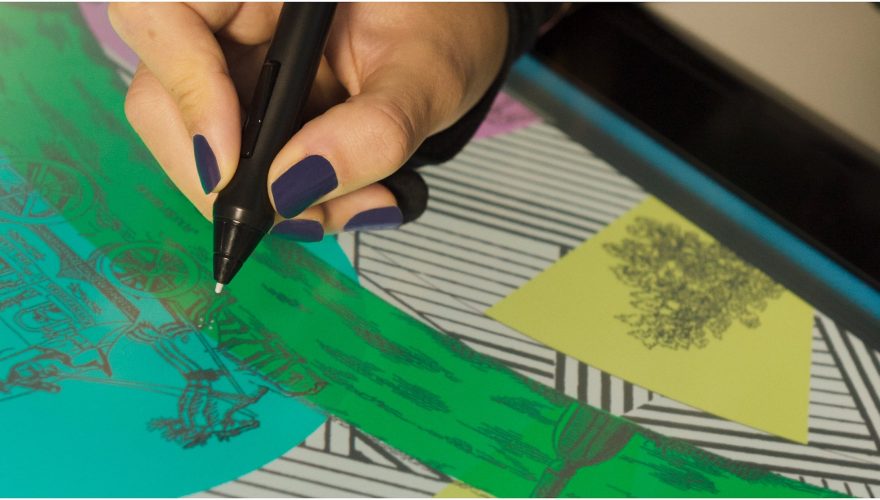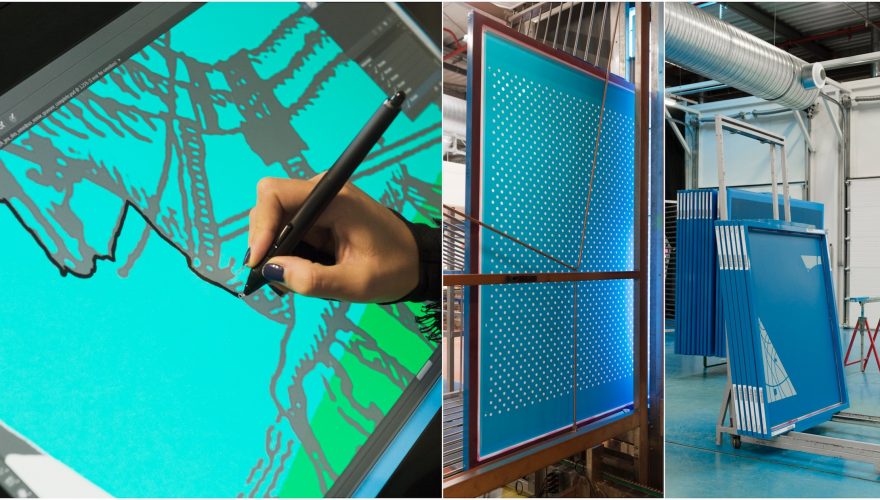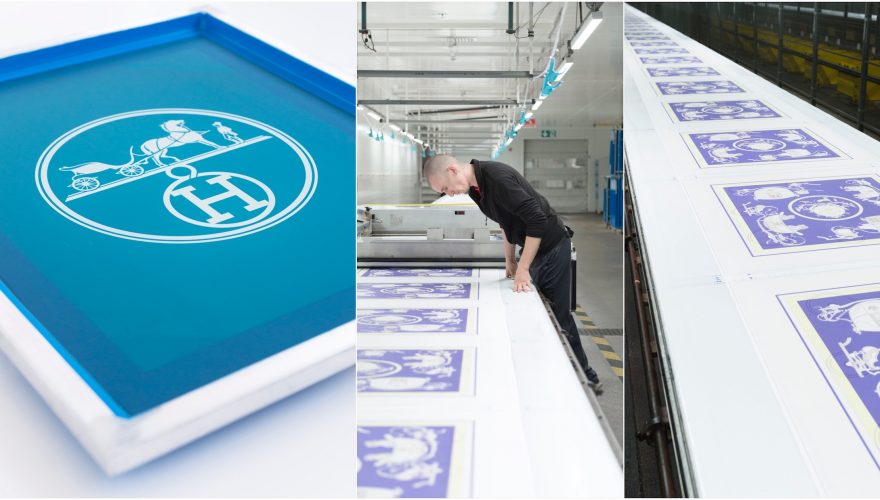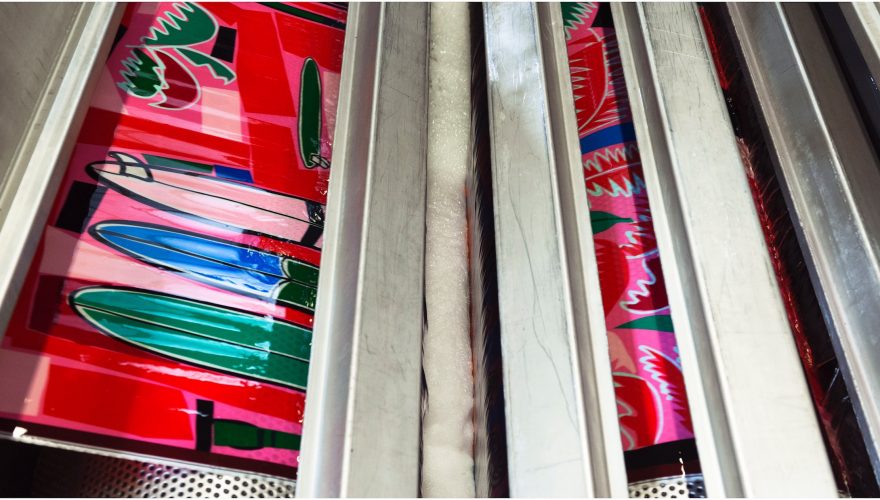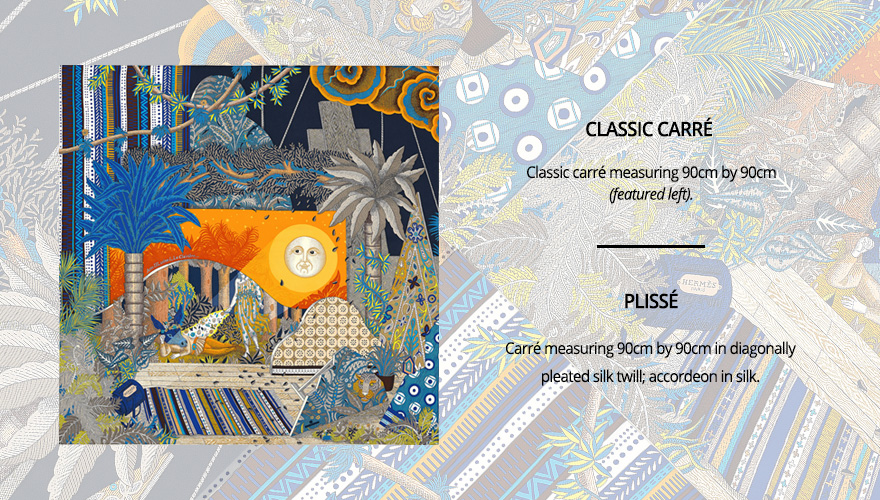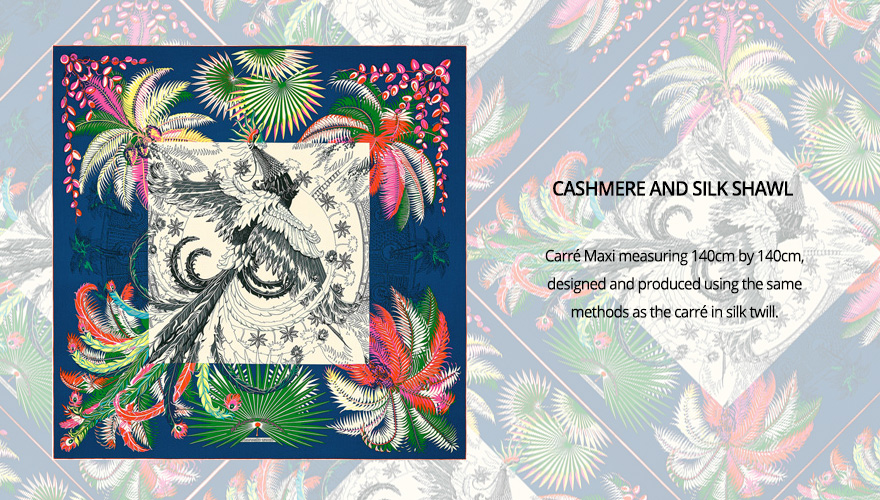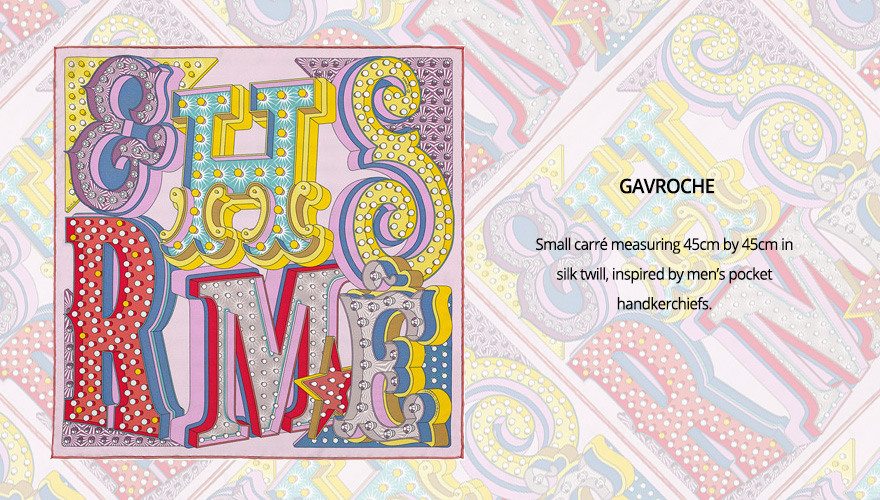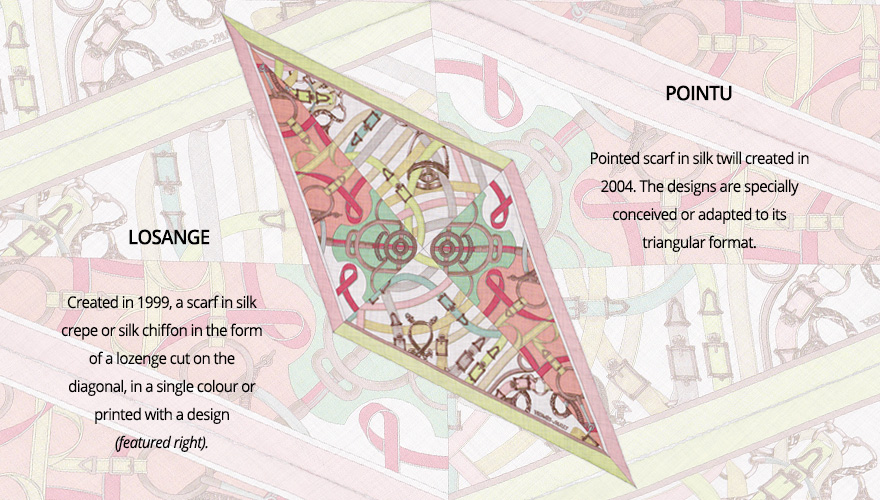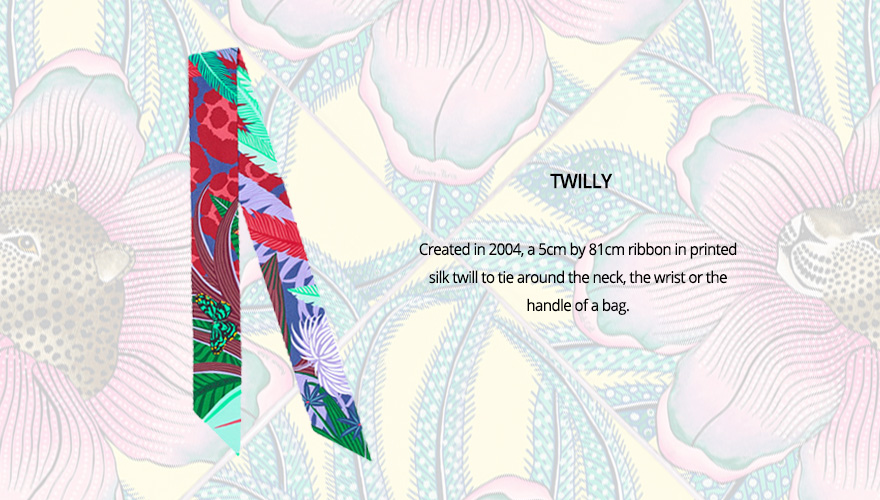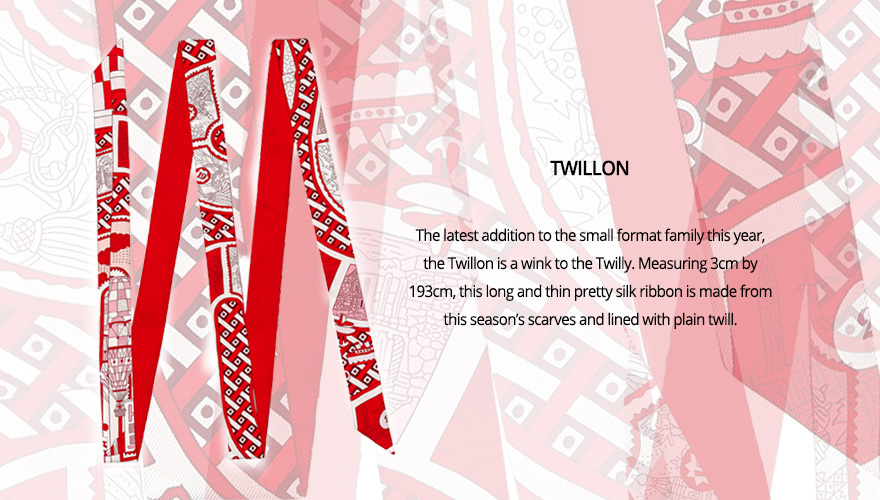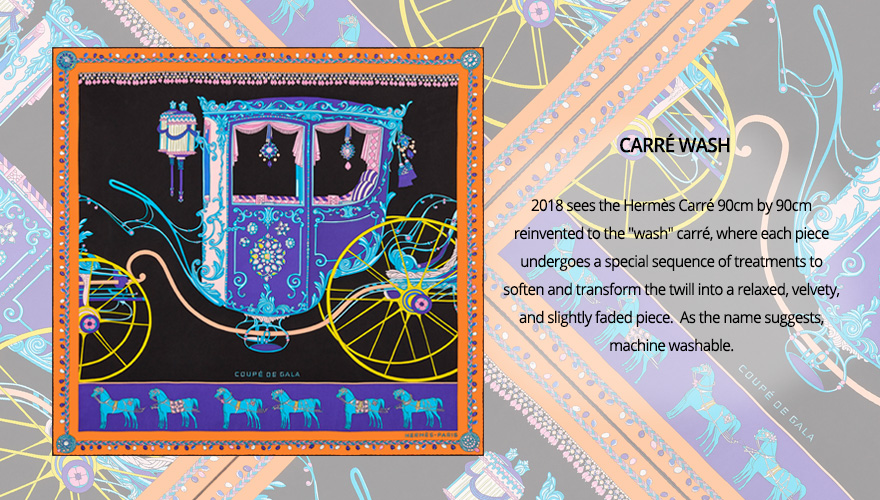Trace the marvellous journey of fashion’s favourite silk scarf from flottes to finish.
Since 1937, the Hermès carré has been a fashion staple for royalty and celebrities alike. The soft, luxurious silk has even found a place in British commemorative stamps where Queen Elizabeth II is pictured wearing her carré as a headscarf. Style icons Audrey Hepburn and Jackie O wore their carrés proudly too, wrapped ever so chicly around the head and draped casually over the neck.
Over the years, other notables further demonstrated the carré’s versatility for wear. In 1956, Princess of Monaco Grace Kelly famously wore her scarf as a sling for her injured arm to a yacht party. Later in the noughties, Madonna fashioned a halter top out of her carré. More recently, Olivia Palermo showed that silk really does go with everything by pairing her Hermès scarf with leather overalls. As the fashion high house would say, you’d only discover the possibilities by playing with its silk.
Collectors of the Hermès carré will tell you that the coveted silk scarf is more than a mere accessory; it’s an art form. And truly, each carré is the combined artisanal feat of weavers, artists, engravers, colourists, printers and seamstresses, all of whom possessing in great measure, talent, skill, and an impeccable eye for detail.
Each season, hundreds of hours are devoted to the making of the Hermès carré. But the story of this iconic silk scarf does not begin in the Hermès workshops of Lyon, France; it starts more than 8,000 kilometres away, in the mulberry trees of Brazil, South America. There, the Bombyx mori moths devour kilos of mulberry leaves before weaving approximately 300 cocoons each. Unwound, 300 cocoons amount to 450 kilometres of silk thread, just about enough for 1 carré. Technically speaking, one silk moth = 1 carré.
From Flottes to Silk Twill
The flottes, or skeins of raw silk, are then transported to the Perrin establishments, two family businesses who have been weaving silk for Hermès for half a century. It takes three months to transform raw silk into rolls of fabric. The raw, thick silk threads are first unwound and reeled, then covered with sericin, a gum secreted by silkworms. Next, the threads are woven to form silk twill, then washed in an olive oil-based soap that dissolves the sericin, and finally, machine pressed.
Engraving Films
At the engraving workshop, designs are transposed from paper onto silk. Every season, artists come up with more than 10 new designs for the carrés. Each design, a life-sized mock-up painted by hand on a 90cm by 90cm card, is separated into films according to colours. Over a light box, the highly skilled engraver traces each colour, one by one, on a transparent film. It takes 400 to 600 hours to create films for a design with 30 colours. This is no mean feat, since the perfection of the printing depends on the precision of the engraving. In silk-screen printing, each film corresponds to each frame, and colours are applied one by one. Some designs can feature up to 48 colours, meaning that 480 engraved frames will be created for that scarf design if it is to be produced in 10 colour ways.
Perfecting the Colours
But before printing, the colourists must first perfect the colour formulas. Based on the artist’s design, and drawing from over 75,000 hues, the colourists propose 10 or so colour schemes, from which the final ones are chosen. The colourists then prepare the recipe for each hue, carefully balancing pigments and binders. The dyes are “cooked” and mixed by hand to ensure that the colours are correct before they are sent to the printer.
Colour underscores the success of the Hermès carré collections. In the words of Bali Barret, artistic director of the Hermès women’s universe:
“Everyone approaches colour in a personal way. For me, it is something irrational and instinctive. My desires can be born from a visit to an exhibition or a trip abroad. My work begins with the creation of general ranges, well before the colouring of the prints, because colour is the secret of success for a collection of scarves.
In the multitude of propositions for motifs, it establishes a unity, a homogeneity. These ranges are not recipes, but guides for general ambiance for the colourists in Lyon, who will interpret them with their own sensibility. Moreover, frequently they give the colourists a fancy for complementary ambiances, or even those that are totally different. We are not at all interventionist in the coordination of the colours, because it is variety that gives all the richness to the collections of Hermès carrés.
Of course, there are great classics, ambiances that are recommended according to the seasons. Red, for example, always has a lot of success in winter, because it is much easier to wear it in touches, in the form an accessory, than from head to foot. The eld of possibilities is vaster for carrés than for prêt-à-porter. Colour is what dresses an Hermès carré. Its printed form changes countenance by changing colour. It’s fascinating.
On the other side of the coin, sometimes an ambiance doesn’t tally at all with the spirit of a motif; if that is the case, it is not produced. Finally, there is the material, this silk that gives a freshness, an intensity, a luminosity in addition to its nuances. It plays a large part in the magic of the Hermès carré.”
Silk-screen Printing
At the printer, the rolls of silk twill are unrolled and stretched over tables. The printing starts with the outline, before colours are filled in starting from the smallest to the largest areas, and the darkest to the lightest tones.
The Finishing Touches
After the silk is printed and dried, it is fixed by steam cooking at 103 degrees celcius for an hour, then washed, dried, and cut to size. As the final step, the Hermès carré is given its roulotté, its distinctive rolled hem that is meticulously handsewn by seamstresses, or roulotteuse, using silk threads of an identical colour to that of the border of the scarf.

Quality checks are conducted at every step to ensure that the silk scarf is nothing short of exceptional. Incomparably soft yet supple, the Hermès carré is not just a pleasure to feel against the skin — its unique and vividly hued motifs are also a feast for the eyes. It is, indeed, wearable art.
More than 2,000 designs have been created since 1937. From 1980 onwards, new carré formats beyond the classic 90cm by 90cm have been introduced:
2018 also sees the Hermès classic carré 90cm by 90cm reinvented to the “Wash” carré.
Washed by artisans’ expert hands, each piece undergoes a special sequence of treatments: a unique soaking and washing process that is designed to soften and transform the twill into a relaxed, velvety, and slightly faded piece. This exclusive process makes each scarf unique as the scarf gains a unique patina with downy touch. The best part, Hermès have made it machine washable, isn’t that the perfect proposition for you to incorporate it into your daily wardrobe?
Related links:
Hermès Carré Club: Be There or Be Square
8 Chic and Simple Ways to Wear a Scarf


